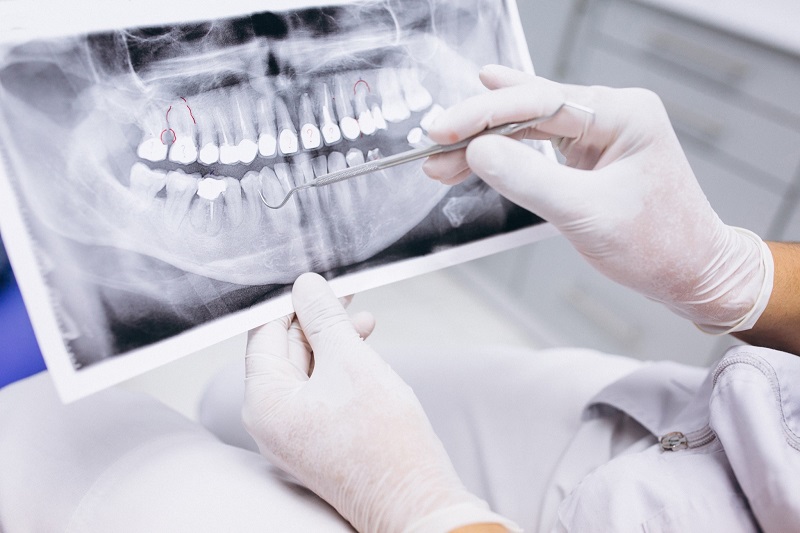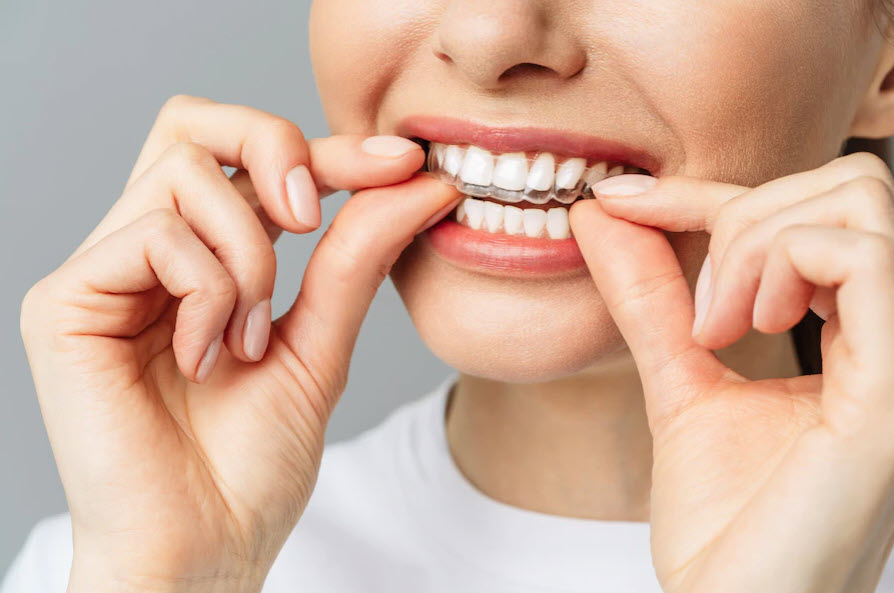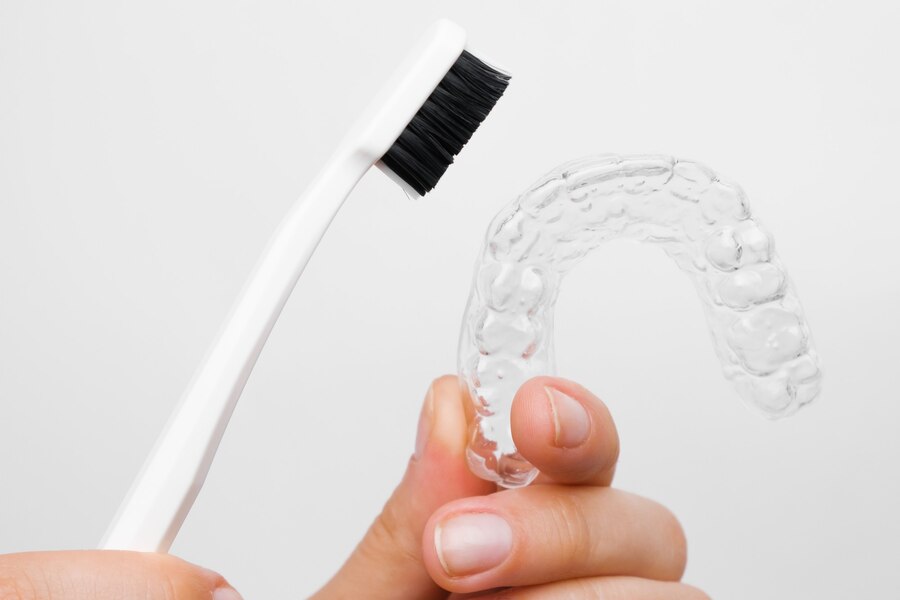Teeth alignment with aligners: who is it suitable for, and what are the particularities of the procedure?
Modern orthodontics offers a new way of correcting your bite - aligners. Unlike braces, they are almost invisible to others but are just as effective.

The Smile Factor Clinic uses modern technology to correct your bite with aligners and employs professional specialists with extensive experience. Let's look at the specifics of fitting aligners.
What are aligners, and how do they work?
Aligners are clear mouthguards of a solid polymer placed on the teeth to correct them. They are made based on impressions of the patient's teeth and are made to fit the surface of the teeth exactly. Due to the elasticity of the design, the alignment is smooth and unnoticeable.
Aligners are made in sets of removable mouthguards. The orthodontist determines the timing of their replacement at the appointment. A unique feature of the procedure is the computer simulation, which helps to assess the final result in advance. Thanks to 3D printing, the mouthguards are anatomically accurate and comfortable.
Who is suitable for aligners?
Dentists prescribe removable clear mouthguards for the following indications:
- If there are minor bite defects.
- To remove or reduce a gap between the front teeth. Tremas and diastemas can be excellently corrected with aligners.
- When a tooth is misaligned or rotated on its axis.
- In cases of cosmetic defects.
- In cases of high crowding of teeth.
- If the patient is allergic to metal, as the polymer used in aligners is hypoallergenic.
Contraindications to the fitting of aligners:
- Periodontal disease due to a high risk of tooth loss;
- Loss of more than four teeth;
- Impaction (teeth that have not erupted or have incompletely erupted, hidden by gums or bone);
- Anomalies in the development of the jaws;
- Age threshold (can only be used by adolescents 7-10 years old and adults).
Pros and cons of aligners
The advantages of teeth alignment with aligners:
- One of the method's main advantages is the design's invisibility, which allows you to maintain the aesthetic appearance of your smile even during the correction. Transparent aligners are suitable for socially active people.
- Bite correction without primary teeth straightening, unlike braces, where moving is not possible without straightening.
- Comfortable teeth straightening with aligners without damaging the tooth enamel.
- The anatomic shape of the mouth guards does not affect diction and does not create discomfort in the mouth, which allows them to be chosen by speakers and lecturers
- Aligners are easy to care for and can be managed at home without the help of an orthodontist.
- There are no unpleasant sensations during treatment. The orthodontic appliances are not harmful to the mucosa as they have no sharp elements.
The disadvantages of aligners:
They are a comfortable alternative to braces but cannot completely replace them. What are the disadvantages of this method of bite correction:
- They help only with minor defects - increased gaps between the teeth, crowded teeth, and ill-defined bite defects.
- Contraindicated in case of certain diseases, e.g., periodontitis. It is necessary to get treatment for the gums first.
- Constant care and patient responsibility are required.
- Relatively high cost.
Stages of installing aligners
How do they fix aligners? At an appointment with the orthodontist at the Smile Factor Clinic, after an examination of your mouth, you will receive a plan for correcting your bite with aligners. At the same time:
- The patient must be free of tartar, caries, and sources of infection, so each patient undergoes a sanitation procedure.
- As part of the diagnosis, X-rays of the jaw, pictures of the face in several projections for the photo protocol, and impressions of the teeth will be taken.
-

- The plaster casts will be scanned and uploaded onto a computer program. Based on this, treatment is planned, and the future result can be assessed before the correction begins.
What processes take place during a bite correction?
- Active movement of the teeth. It occurs from the first day of wearing the aligners, which apply pressure and correct the position of the teeth. This stage lasts from 3 to 12 months.
- Formation of the correct bite. It occurs in parallel to the first phase. As a result, the patient's upper and lower jaws close symmetrically, and there are no gaps between the teeth.
- Stabilization. At this stage, the patient feels no discomfort. The teeth hardly move at all. They stabilize.
How long do I have to wear my aligners?
The total period of activewear is between 7-8 months and 1.5 years. The younger the patient, the faster the bite is corrected. The speed of bite correction depends on the patient's commitment. If you remember to fit the device in time and are conscientious about treatment and hygiene, the time frame can be shorter.
How do I care for my aligners?
The mouthguards must be worn for at least 22 hours a day. Compared to braces, aligners are easier to care for. However, special care is required from the patient: the mouthguards should be brushed daily with a toothbrush, rinsed with water, and soaked in a particular solution for 15 minutes. It is necessary to remove them before eating, drinking, and smoking. Otherwise, the polymer will turn yellow.



